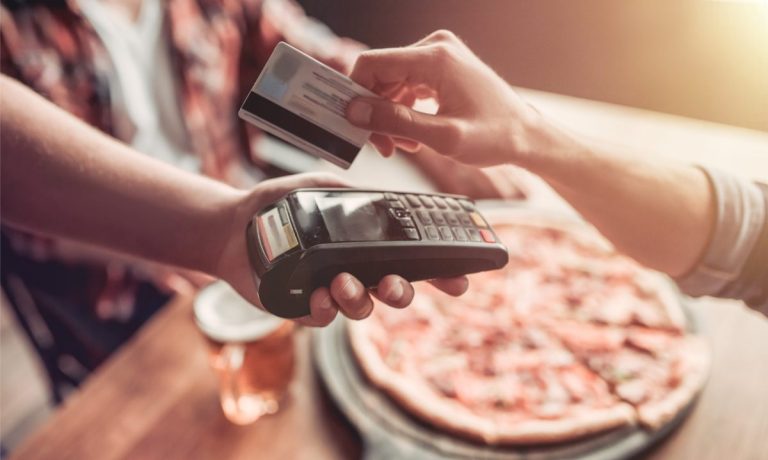
While rising food prices have many consumers, by their own reports, eating out less often, data on their spending suggests that when they do dine at a restaurant, they may be going big, springing for higher-end dining experiences.
Census Bureau data released Thursday (Sept. 15) reveal that restaurant spending is on the rise despite inflation. Specifically, initial estimates of restaurants and bar spending rose 11% last month to $86.1 billion, up from $77.7 billion a year earlier.
Meanwhile, Bureau of Labor Statistics (BLS) data reported Tuesday (Sept. 13) show that restaurant prices rose just 8% in the same period. Consequently, consumers are spending 3% more on restaurant dining.
See also: CPI Shows Restaurants Underpricing to Slow Shift to Grocery
This spending increase comes even as consumers’ accounts of their own behavior indicate that they are dining out less often, looking to be more conservative in their food spending as prices skyrocket. PYMNTS’ study “Consumer Inflation Sentiment: Inflation Slowly Ebbs, but Consumer Outlook Remains Gloomy,” which drew from an August survey of 2,169 consumers, found that 78% say they are eating at home more often to save money.
Learn more: New Survey Shows Consumers Less Optimistic Than Fed on Taming Inflation
If consumers’ reports of their own behavior are to be believed, then unless that last 22% of consumers have been ramping up their restaurant spending enough to account for the entire remainder of the population, it would appear that in general, consumers are changing the way they approach restaurant dining. Rather than regularly purchasing lower-value meals, which are still significantly more expensive than preparing a meal at home, consumers are dining out less often, but spending enough to make up for it when they do go out.
On the flip side, some grocers are touting consumers’ anxieties about price increases as a tailwind for the industry, offering them an opportunity to seize occasions from the restaurant sector with ready-to-go meal options and other convenience-oriented offerings. However, it would appear that consumers are actually spending relatively less at the grocery store, given that the spending increases in the category are considerably lower than the rate of inflation.
Specifically, grocery spending was up 8% in August from $66.1 billion to $71.1 billion. In the same period, food at home (i.e., grocery) prices rose 14%. Consequently, with inflation factored in, consumers are spending 6% less on groceries.
These trends are more consistent with consumers’ accounts of their own behavior, with 62% of grocery shoppers saying that they have cut down on nonessential spending and 48% saying that they have switched to cheaper merchants. Conversely, only 14% of grocery shoppers say that their behavior has not been impacted by inflation.